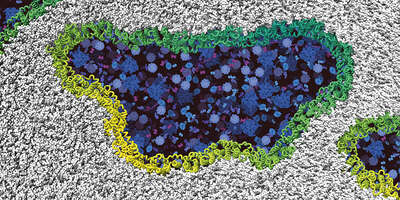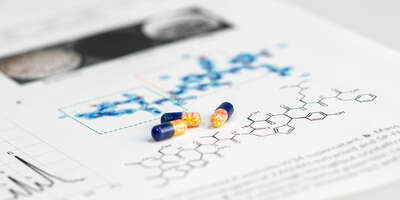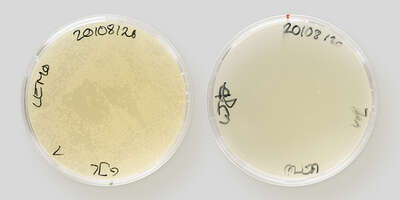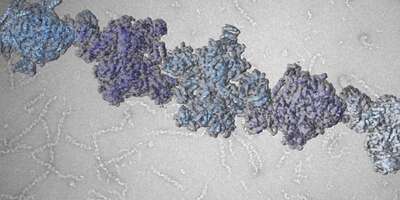News archive Prof. Dr. Timm Maier

June 02, 2023
Tagged for arrest: “Barcode” determines receptor’s fate.
Receptor proteins serve as the “eyes and ears” of the cell. The largest receptor family are the so-called G protein-coupled receptors. They respond to…

May 22, 2023
Under control to the very end – how our cells kill themselves
Every day, millions of cells die in our body. Other than generally assumed, cells do not simply burst at the end of their lives but rather, a specific…

March 27, 2023
Adipose tissue as a culprit: How obesity leads to diabetes
Obesity is a well-known risk factor for diabetes and fatty liver disease. Recently, the research team led by Prof. Michael N. Hall at the Biozentrum,…

October 04, 2022
Discovery of a new antibiotic against resistant pathogens
For a long time, antibiotics were considered a silver bullet against bacterial infections. Over time, many pathogens have adapted to resist…

September 07, 2022
Nanomachine keeps cellular power plants healthy
Mitochondria are the cell’s power stations that supply energy for the whole body. Their malfunction leads to illnesses such as diabetes, cancer or…

June 16, 2021
Immune defense: How immune cells are activated
Immune cells protect our body against invading pathogens. The chemokine receptor CCR5 on the surface of T cells plays an important role in this…

June 03, 2021
How the key protein mTOR controls cell growth
In order to grow in size, cells require many proteins. Their production is regulated by the protein complex “mTORC1”. Researchers at the Biozentrum of…

April 15, 2021
Novel antibiotic deceives bacteria through mimicry
Most antibiotics need to penetrate their target bacteria. But Darobactin, a newly discovered compound, is much too large to do so. Nonetheless, it…

June 13, 2018
Enigma of fatty acid metabolism solved: Enzyme shape controls its activity
Fats are essential for our body. The core components of all fats are fatty acids. Their production is initiated by the enzyme ACC. Researchers led by…

April 03, 2018
Like an assembly line: Molecular factories produce bioactive compounds
Bacteria and fungi produce potent natural products in molecular factories that resemble an assembly line. In "Nature Chemical Biology", researchers…


